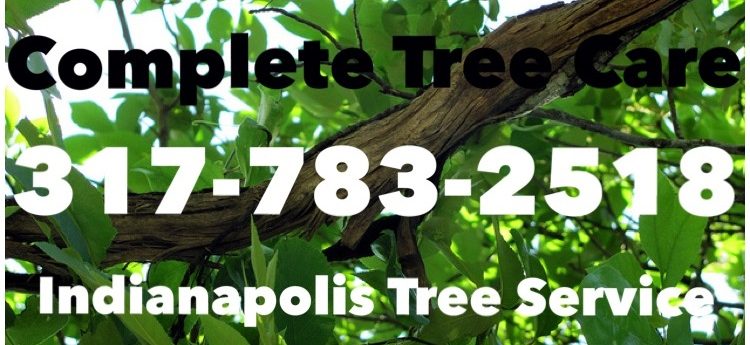Are some of your trees looking worse for wear these days? Have you noticed some foliage loss or increase pest activity around your favorite shrubs? It could be a result of a tree disease or natural health decline. Continue reading to review some of the most common questions about tree diseases and tree care, including their answers of course!

Is My Tree Dead?
You can tell if a tree is dead or alive with a few different methods. The easiest DIY method is the twig test. Snap off a branch and look at the tissue inside; if the twig is dry and brittle, snaps easily, and has dull or brown colored tissue inside, it is likely dead. If the twig has some bend or tension to it, and retains green or yellow tissue inside, it is likely still alive.
Keep in mind that a dead or dying tree is a dangerous one, and should be treated or removed as soon as possible. The best way to determine the condition of a tree is to hire a licensed Indianapolis tree service company to make the determination for you; they can do this in just one quick visit.
Is Moss Bad for a Tree?
When moss grows on trees, it can create a multitude of problems. It is best to remove the moss in a safe way to protect your trees. To remove moss from trees, you will mostly have to manage the water and moisture in your yard. Be sure to water your lawn less often, and avoid soaking the tree trunk and tree bark during the grass-watering process. It also helps to treat your soil so that the pH levels fall within the proper parameters. Use a soil testing kit to test the pH levels in your lawn, and then adjust them accordingly.
What is Oak Wilt?
Oak Wilt is a debilitating vascular fungal disease that affects all species of oak trees. It is caused by a fungus that enters and obstructs a tree’s inner vascular system where water and nutrients are distributed throughout the tree. It can be challenging identifying symptoms of this tree disease since live oaks and red oaks exhibit different signs of oak wilt. The most common sign in a live oak is veinal necrosis, which is evident when leaves develop chlorotic and necrotic veins, causing the leaf veins to turn yellow and brown, and then fall off.
Red oak trees infected with oak wilt do not experience veinal necrosis. Instead, leaves simply wilt and turn colors of pale green, brown, and bronze; but they do not usually drop off. The most common treatment for oak wilt is a series of bimonthly fungicide injections called Propiconazole, which is applied through macro-injection of the root flares.
What is Winter Burn?
Winter burn, also known as desiccation, is a potentially-fatal seasonal problem among evergreen trees. The most common causes for winter burn are insufficient levels of moisture in soil, freezing temperatures, and inclement winds. The signs of winter burn vary depending on the species of tree, however, gradual scale (ombre) needle coloring tends to be the most common.
Are Pests a Problem for Trees?
You definitely need to think about proper pest and insect control for your trees. Beetles, borers, mites, wildlife, and even tree diseases can quickly affect the health of a tree in the worst way. For instance, leaf-eating insects inhibit the tree’s ability to carry on the process of photosynthesis, thus rendering the tree sick and weak. It requires a professional arborist to positively identify, diagnose, and treat insect infestations and tree diseases.
My Tree Gets Water and Sunlight. So Why is it Unhealthy?
Trees don’t just flourish on water and sunlight alone. They also require a sufficient amount of nutrients, or tree food, for optimal growth and survival. Trees source their nutrients from the surrounding and underlying soil. Which means poor or inadequate soil conditions can cause adverse changes in a tree. If you suspect that your tree is suffering from a lack of nutrients, try fertilizing it to regain its strength and stability.
Where Can I Find Reliable Tree Service?
Call Complete Tree Care at 317-783-2518 for experienced tree service in Indianapolis and throughout Central Indiana. We offer a wide range of residential and commercial tree services, including tree removal, tree trimming, stump grinding, stump removal, lot clearing, and more. If you want professional and efficient service you can trust, Complete Tree Care is the right call!



